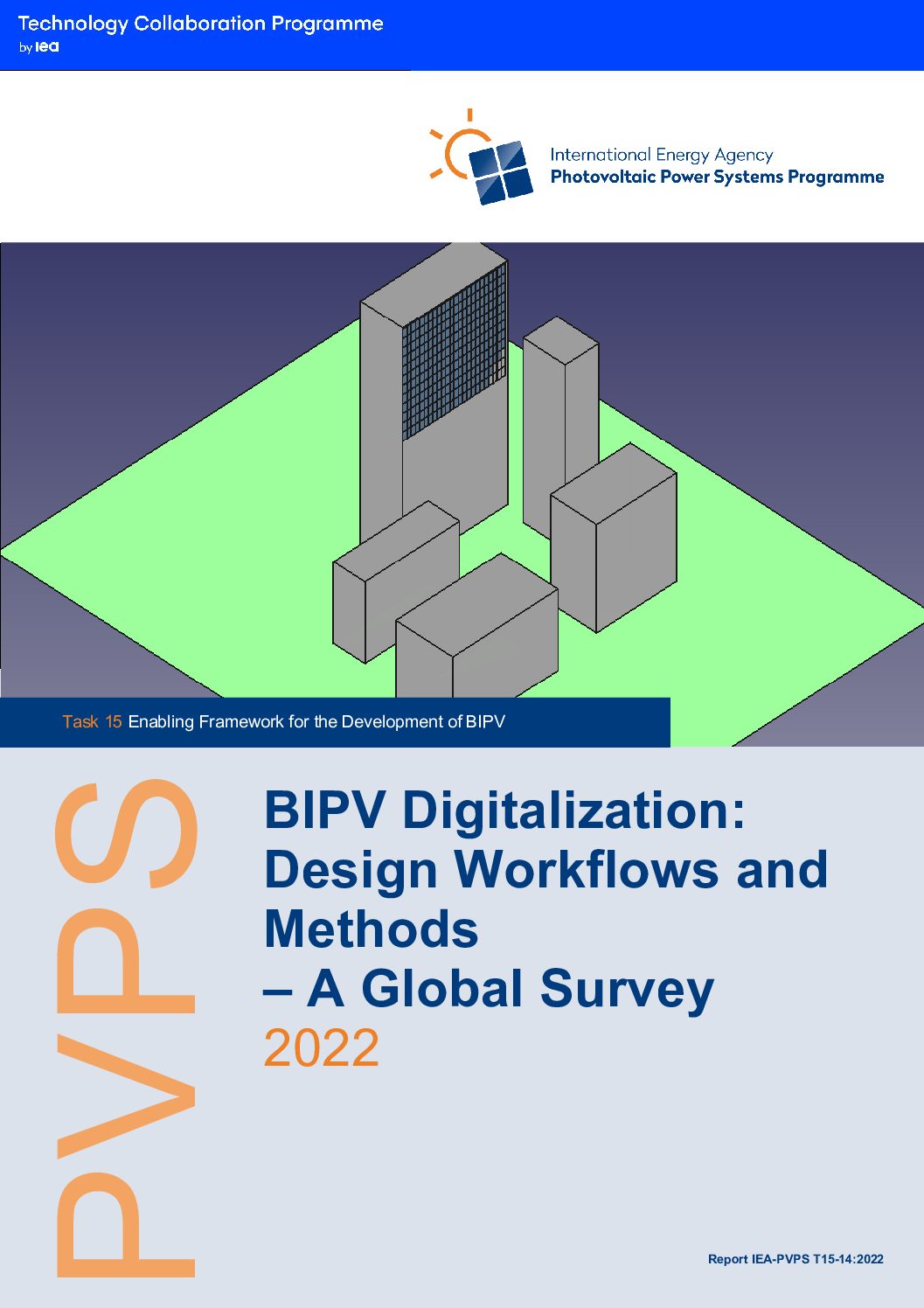Currently, BIPV design process involves various methods, approaches and workflows practiced by professionals in both the Architecture, Engineering, and Construction (AEC) and BIPV industries. The aim of this study is to investigate the BIPV simulation and modelling methods, approaches and workflows used in BIPV design and analysis globally. The study uses a questionnaire survey targeting 10 professional groups which included professionals related to both building envelope design and BIPV design and management process in Europe, Asia, Oceania, North America and South America. The professional categories included: Architect, Façade engineer, Electrical engineer, Mechanical/Structural engineer, Fire engineer, Environmentally Sustainable Design (ESD) consultant, Academia, research, and development, PV consultant, BIPV system installer, Developer and Property management. The study evaluated findings from eighty AEC and BIPV professionals in Europe, Asia, Oceania, North America and South America.
The survey findings identified methods, approaches and workflows in BIPV design and analysis under four key areas: 1. solar irradiation 2. BIPV power output 3. building performance and 4. financial and design outcome.
The key take-aways of this study are:
- Preference workflows and methods: Similar preference for the workflows and methods employed in the BIPV design process were found across the five regions. Further, there’s a lack of awareness among the respondents on the methods and models used to estimate POA, power output, embodied emissions, heat island impact, thermal, daylighting, structural and fire requirements of BIPV projects. Therefore, research and development are required for the above methods for BIPV design and analysis.
- Requirement for BIPV-specific components in digital design platforms: BIPV specific software or a design process can facilitate BIPV design and analysis which would improve the uptake of efficient and cost effective BIPV projects. Therefore, BIPV product database, BIPV system design documentation, shading on BIPV projects, embodied energy in BIPV, customer requirements and decision support models should be considered in future BIPV specific software/design processes.
- BIPV in urban context: The current BIPV design methods and workflows can be applied in building context. However, the impact of BIPV can be explore in urban scale. Therefore, further investigation on the methods and workflows need for identification of the impact of BIPV on the urban environment could provide designers and end users a comprehensive knowledge on the feasibility of BIPV applications in a metropolitan setting.
